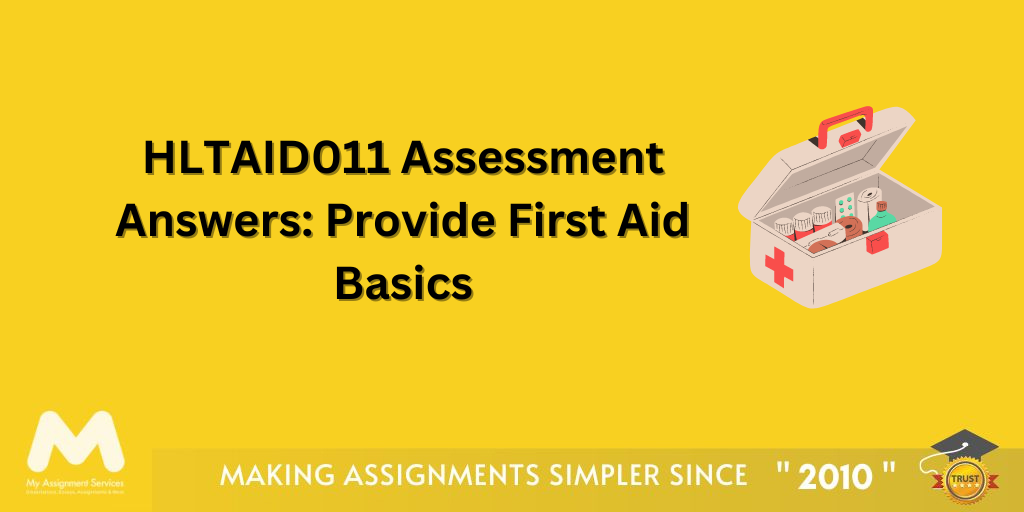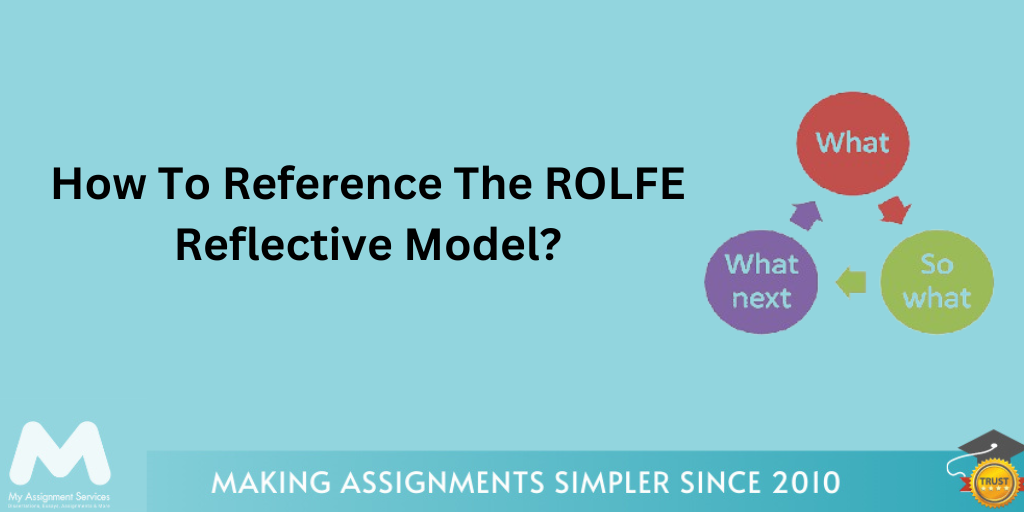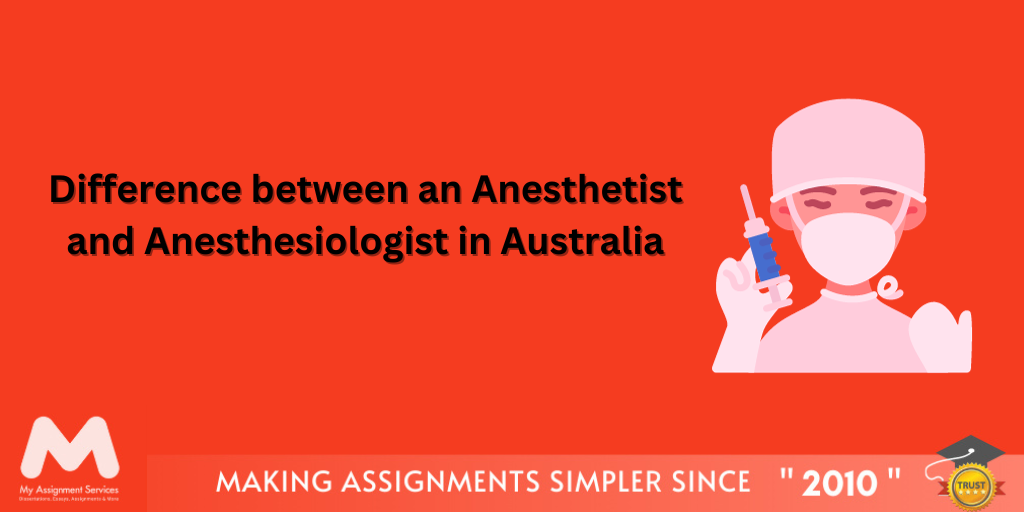
Gibbs Reflective Cycle is a theoretic model that encourages people to think about their experiences systematically which they had encountered during a specific situation, event, or activity. This often makes people realize from their own experience the things they need to improve upon by giving it more attention. Gibbs Reflective Cycle analyses the positive and negative impacts of an event by making them aware of their own actions in order to better adjust them. So, what it is?  There are 6 stages to keep in mind under the Gibbs Reflective Cycle. They are given below:
There are 6 stages to keep in mind under the Gibbs Reflective Cycle. They are given below:
Descriptionof Gibbs Reflective Writing
This section talks about the background information regarding the details of the experience you had. Explaining what you are actually reflecting on comes in this paragraph. Therefore, it is important to provide the necessary information precisely to the point.
Feelings of Gibbs Reflective Writing
This section discusses your feelings, thoughts, and behavior about the experience. For example, it talks about answering this question or some other relevant questions - how did you feel at that time of the incident? A point to remember while writing this section is to avoid chatty texts even if you are about to strongly communicate your emotions.
Evaluationof Gibbs Reflective Writing
The Evaluation section talks about your perception of how good or bad things went. Always consider these questions – Was the experience good or bad? How did you react to the scenario? This section discusses the theory regarding the correct and incorrect measures you took. Always remember to include references at least for this section. Reflective assignments are quite common for nursing students. This is probably the reason why there are many nursing assignment help available among them.
Analysis of Gibbs Reflective Writing
Analysis talks about considering things that helped or affected you during the event. Your analysis can go about comparing the experience of what you did with the literature you have read. This is generally the area considered when reflective assignments come into the life of the students.
Conclusionof Gibbs Reflective Writing
The conclusion part is a great platform to describe what you learned from the experience and what you could have done in response to that experience, whatever be it. If talking about a positive response, you can ensure the procedures you will continue to take to ensure a positive outcome. Also, things you can further improve upon if the incident was negative. You can also tell how to avoid it from happening again.
Action planof Gibbs Reflective Writing
Action plans sums up your entire reflective writing. It talks about things you need to know before indulging in a particular incident on how to make it positive and steps you will follow on how to improve it the next time if the same situation falls under. You can talk about things that you need to learn or attend some training to improve your practice.
Example of Gibbs Reflective Writing
Our assignment help recently helped a student pursuing a Bachelor of Nursing from a reputed university in Australia in writing a critical reflection assignment following Gibbs Reflective Cycle. The attached Gibbs Reflective Cycle Sample is a reflection and we will help you divide that into a proper Gibbs format.  The above is an attached sample. We will help you divide this into a proper format (Gibbs) and make you understand the use of Gibbs's reflective cycle. Description This content would reflect upon a medication incident that I came across during my previous nursing placement as a student nurse alongside my registered nurse (RN), providing care to a patient, who was suffering from reactions to alcohol withdrawal, administered with oral Diazepam. However, the medicine has to be given intravenously. But RN finally administered the medication through route IV. Feelings Therefore, the event was not correct and was resulted in a medication error. Although I was relieved on knowing that the patient did not have any adverse impact due to this. The incident left me in complete despair as the incident could have caused morbidity in the patient. Although I felt really bad, as I could have also interfered by telling the RN about the flaw in this procedure. Evaluation and Analysis But I have now realized and learned from this experience that it is necessary to conduct the medical assessment and duty in a holistic manner with the help of using a person-centered framework and with continence focus (Reeve et al., 2014). Therefore, as a team in the clinical scenario described, we could have consulted to check the medical file of the patient, at his bedside to ensure that the medical assessment was conducted correctly (Motycka et al., 2018). This can also be elaborated in the context of quality teamwork, where we could have used a variety of assessment practices in order to analytically collect important information to simplify our practices (NMBA, 2017). We could have then deduced the outcomes to prepare a patient-centered continence care plan. Conclusion I learned that it is crucial to consider all the plausible consequences and impact of the practice and care on the health and well-being of the patient (NMBA, 2017). Also, it’s necessary to recognize and assess the resources that could be utilized to support the provision of safe and quality care to the patient, which minimizes the possibility of errors. Moreover, the nurse should be proficient to handle a range of technology skills that could support the provision of continence care (Davis et al., 2017). Action Plan Hence, the action plan that would ensure that a similar type of medication error does not take place is to include, accurate and technology-intensive identification of the patient, assimilating the asepsis protocol while practicing, mandating drug identification training of student as well as registered nurses, through Continuing Nursing Education or CNE (Hayes et al., 2015; NMBA, 2010). Also, in order to eradicate errors, the organization should use a computerized system as that would eliminate the chances of medication errors due to the inaccurate readability of handwritings (Schiff et al., 2015). In addition to this, a stress-free and friendly environment would be created so that the nurses would be able to inform their barriers in practice and could also inform incidences of medication errors (Higgins, 2015). The above Gibbs Reflective Cycle Sample shows all the traits of good critical reflection writing. Not only this reflective covers all of the components of Gibbs exceptionally, but also it helped the student to secure good scores. If you have any query or want us to write your reflection writing, send your queries at help@myassignmentservices.com. We have more than 2000 professional experts who are available round the clock to help you with your assignments. Have a great day!
The above is an attached sample. We will help you divide this into a proper format (Gibbs) and make you understand the use of Gibbs's reflective cycle. Description This content would reflect upon a medication incident that I came across during my previous nursing placement as a student nurse alongside my registered nurse (RN), providing care to a patient, who was suffering from reactions to alcohol withdrawal, administered with oral Diazepam. However, the medicine has to be given intravenously. But RN finally administered the medication through route IV. Feelings Therefore, the event was not correct and was resulted in a medication error. Although I was relieved on knowing that the patient did not have any adverse impact due to this. The incident left me in complete despair as the incident could have caused morbidity in the patient. Although I felt really bad, as I could have also interfered by telling the RN about the flaw in this procedure. Evaluation and Analysis But I have now realized and learned from this experience that it is necessary to conduct the medical assessment and duty in a holistic manner with the help of using a person-centered framework and with continence focus (Reeve et al., 2014). Therefore, as a team in the clinical scenario described, we could have consulted to check the medical file of the patient, at his bedside to ensure that the medical assessment was conducted correctly (Motycka et al., 2018). This can also be elaborated in the context of quality teamwork, where we could have used a variety of assessment practices in order to analytically collect important information to simplify our practices (NMBA, 2017). We could have then deduced the outcomes to prepare a patient-centered continence care plan. Conclusion I learned that it is crucial to consider all the plausible consequences and impact of the practice and care on the health and well-being of the patient (NMBA, 2017). Also, it’s necessary to recognize and assess the resources that could be utilized to support the provision of safe and quality care to the patient, which minimizes the possibility of errors. Moreover, the nurse should be proficient to handle a range of technology skills that could support the provision of continence care (Davis et al., 2017). Action Plan Hence, the action plan that would ensure that a similar type of medication error does not take place is to include, accurate and technology-intensive identification of the patient, assimilating the asepsis protocol while practicing, mandating drug identification training of student as well as registered nurses, through Continuing Nursing Education or CNE (Hayes et al., 2015; NMBA, 2010). Also, in order to eradicate errors, the organization should use a computerized system as that would eliminate the chances of medication errors due to the inaccurate readability of handwritings (Schiff et al., 2015). In addition to this, a stress-free and friendly environment would be created so that the nurses would be able to inform their barriers in practice and could also inform incidences of medication errors (Higgins, 2015). The above Gibbs Reflective Cycle Sample shows all the traits of good critical reflection writing. Not only this reflective covers all of the components of Gibbs exceptionally, but also it helped the student to secure good scores. If you have any query or want us to write your reflection writing, send your queries at help@myassignmentservices.com. We have more than 2000 professional experts who are available round the clock to help you with your assignments. Have a great day!
Related Study Materials
Our Experts can answer your Assignment questions instantly.
Ask Question0 Comment
Get It Done! Today
1,212,718Orders
4.9/5Rating
5,063Experts














Loved reading this Blog? Share your valuable thoughts in the comment section.
Add comment